After garnering over a million views on YouTube with her performance of Gluck’s Melodie from Orfeo ed Euridice, violinist Rebeca Nuez reflects on her experience with the piece, the classical myth and its undying influence across the arts

Discover more Featured Stories like this in The Strad Playing Hub
The myth of Orpheus and Eurydice stands out as a compelling source of inspiration for artists and performers, holding the honour of being one of the oldest stories known to intertwine music with love, while revering the power of music as heroic.
Dark and dramatic, this ancient tale narrates the story of Orpheus of Thrace and his wife Eurydice, whom he tries to retrieve from the king of the underworld, Hades, after she is killed by a snakebite. Orpheus, who has magical ‘divine’ musical skills, is presented as a hero who wields music as a weapon and a superpower through multiple adventures.
When Eurydice dies, he enters the land of the dead armed with his lyre to attempt to bring her back to life. His grief, expressed through his music, moves Hades to the point of allowing Orpheus to take Eurydice with him back to the world of the living, under the condition that she follows behind him while walking out from the caves of the underworld, and that he does not turn back to look at her at any point of their journey. Only a few feet away from the exit, Orpheus ends up turning to look at Eurydice, sending her back to be trapped in the realm of the death forever.
Although there are many variations of the story across multiple versions, accounts and interpretations of the myth, the core narrative of love and loss has permeated popular culture as one of the most frequently retold and referenced of ancient Greek tales, being featured in numerous works of art, literature and music throughout the centuries.
But what is it with this story that has captivated so many artists across time? From the very first encounter I had with the tale – early in my childhood, and through a gloriously illustrated compilation of Greek myths adapted for young readers –I was hooked on the intensity of the romantic tragedy, and intrigued by its wider mythological world. Beyond these, I was fascinated by the idea of music as a force to express feelings of longing, love and pain to such an extreme that they could challenge death itself to change the unchangeable.
It would not take long for me to discover Christoph Willibald Gluck’s opera Orfeo ed Euridice. I became very fond of Gluck’s music and retelling of the story, which, unlike the original myth, had a hopeful happy ending. Soon after, I fell in love with the Melodie.
Embedded in the midsection of the Dance of the Blessed Spirits, an orchestral number at the beginning of Scene II in Act II, the Melodie is originally a solo for flute accompanied by strings. The piece, which represents Orpheus’ sorrowful pleas for Eurydice’s life, has been transcribed for multiple solo instruments and is frequently performed as a standalone melodic piece. The arrangement for violin and piano by violinist Fritz Kreisler is one of the most popular of these transcriptions, and has remained to this day one of my favourite lyrical pieces to perform.
Over the last years, the myth appears to have gained renewed traction, with several iterations in literature, music, stage, TV and film (my favourite of these being Céline Sciamma’s Portrait of a Lady on Fire, 2019) finding a resurgence among media geared towards young and diverse audiences.
Be it for its tragic romance, the mysticism of its mythological universe, or for its idealisation of the miraculous power of the arts to conquer the cruellest of realities, the tale of Orpheus and Eurdyce will surely remain a current of inspiration for artists and dreamers alike, to the great joy of us all, hopeless romantics.
Watch Rebeca Nuez perform the Melodie from C.W. Gluck’s Orfeo ed Euridice here:


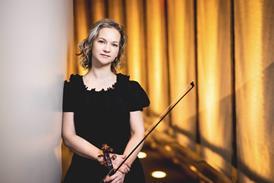
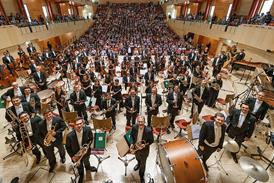







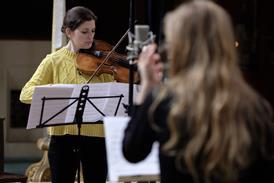


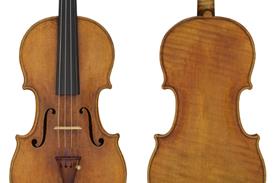

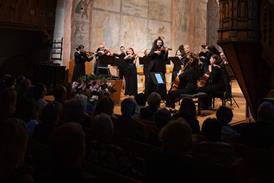




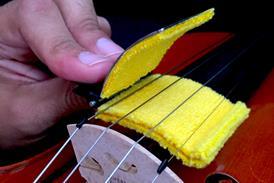

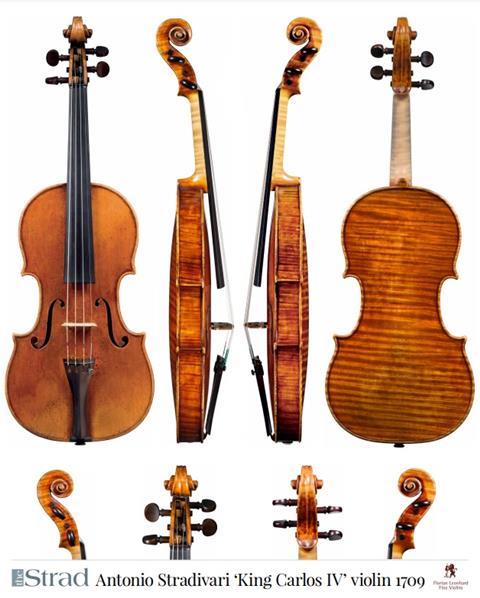
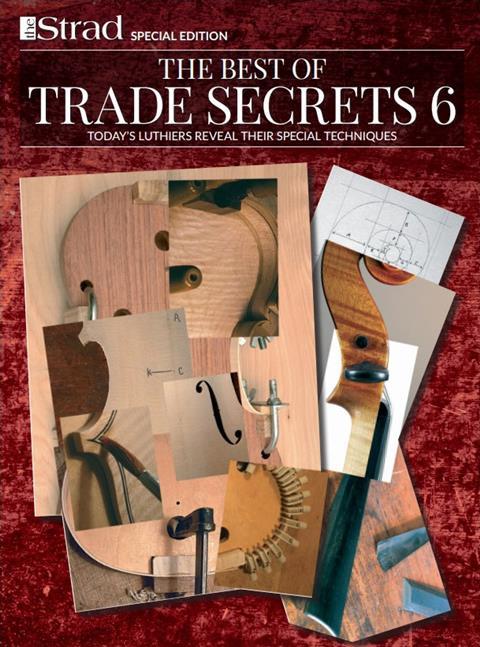

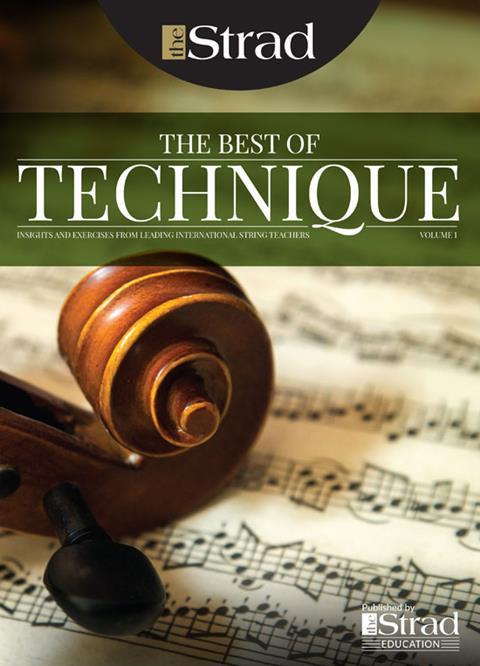
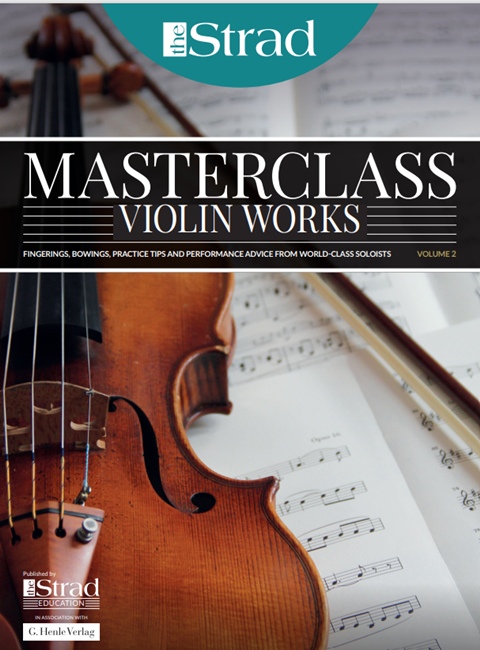
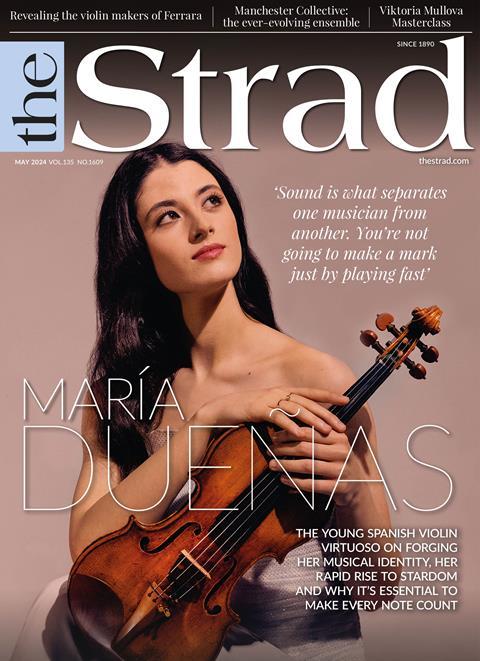













No comments yet